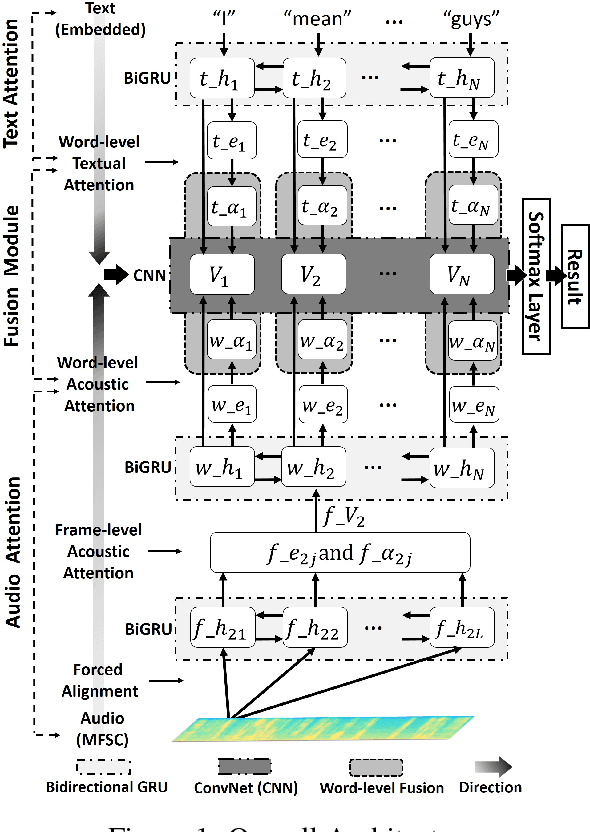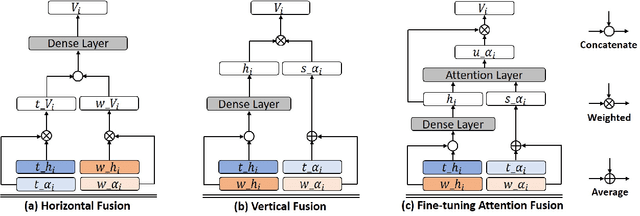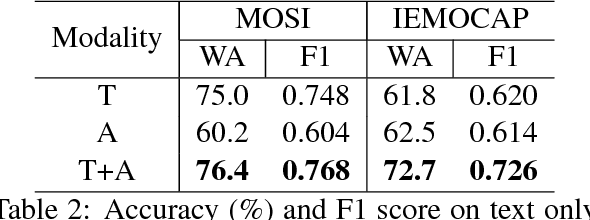Shiyu Fu
Multi-Granularity Representation Learning for Sketch-based Dynamic Face Image Retrieval
Dec 31, 2023Abstract:In specific scenarios, face sketch can be used to identify a person. However, drawing a face sketch often requires exceptional skill and is time-consuming, limiting its widespread applications in actual scenarios. The new framework of sketch less face image retrieval (SLFIR)[1] attempts to overcome the barriers by providing a means for humans and machines to interact during the drawing process. Considering SLFIR problem, there is a large gap between a partial sketch with few strokes and any whole face photo, resulting in poor performance at the early stages. In this study, we propose a multigranularity (MG) representation learning (MGRL) method to address the SLFIR problem, in which we learn the representation of different granularity regions for a partial sketch, and then, by combining all MG regions of the sketches and images, the final distance was determined. In the experiments, our method outperformed state-of-the-art baselines in terms of early retrieval on two accessible datasets. Codes are available at https://github.com/ddw2AIGROUP2CQUPT/MGRL.
Sketch Less Face Image Retrieval: A New Challenge
Feb 11, 2023Abstract:In some specific scenarios, face sketch was used to identify a person. However, drawing a complete face sketch often needs skills and takes time, which hinder its widespread applicability in the practice. In this study, we proposed a new task named sketch less face image retrieval (SLFIR), in which the retrieval was carried out at each stroke and aim to retrieve the target face photo using a partial sketch with as few strokes as possible (see Fig.1). Firstly, we developed a method to generate the data of sketch with drawing process, and opened such dataset; Secondly, we proposed a two-stage method as the baseline for SLFIR that (1) A triplet network, was first adopt to learn the joint embedding space shared between the complete sketch and its target face photo; (2) Regarding the sketch drawing episode as a sequence, we designed a LSTM module to optimize the representation of the incomplete face sketch. Experiments indicate that the new framework can finish the retrieval using a partial or pool drawing sketch.
Multimodal Affective Analysis Using Hierarchical Attention Strategy with Word-Level Alignment
May 22, 2018



Abstract:Multimodal affective computing, learning to recognize and interpret human affects and subjective information from multiple data sources, is still challenging because: (i) it is hard to extract informative features to represent human affects from heterogeneous inputs; (ii) current fusion strategies only fuse different modalities at abstract level, ignoring time-dependent interactions between modalities. Addressing such issues, we introduce a hierarchical multimodal architecture with attention and word-level fusion to classify utter-ance-level sentiment and emotion from text and audio data. Our introduced model outperforms the state-of-the-art approaches on published datasets and we demonstrated that our model is able to visualize and interpret the synchronized attention over modalities.
 Add to Chrome
Add to Chrome Add to Firefox
Add to Firefox Add to Edge
Add to Edge